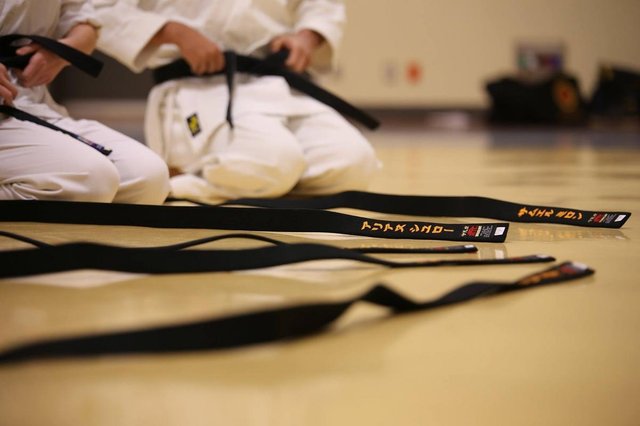Introduction Martial Art Series- Karate History

Origins - Kyokushin
Karate begins its story on the island of Okinawa, in its early stages it was heavily influent by kung Fu. “The history of karate can be traced back to the late 17th century when a ban on weapons was imposed by the samurai rulers of Japan” (Andrew Griffiths 1). This meant that all martial art practitioners had to practice their training in secret and since weapons were not tolerated, self-defense techniques had to change empty handed. Karate was evolving all over the island of Okinawa. The earliest written record of karate was the written work Tode which is an Okinawan name for Okinawan Hand in the 1700s. This martial are change from Okinawan Hand to empty hand also known as Kara-Te.
Today, karate is studied all over the world by people of many different ages and gender. Many styles of karate have developed over the years, although, there is one style that will be the sole focus in this post, and that is Kyokushin karate. Alex Maluschka in his book Full contact karate training he gives a perfect example on who founded Kyokushin and the technical repertoire in this style. Alex Maluschka states,
Kyokushin Karate founded by Mas Oyama. The technical repertoire of Kyokushin Karate, particularly the low kicks and knee punches, has been expanded by influences from Muay Thai. The particular training methods have led to training and fighting bouts in Kyokushin representing a kind of “materiel attrition.” The “materiel,” in this case, is the fighter himself. At the end of the day, only a certain type of Karateka who is both extremely physically and mentally hardened will be successful(16).
Meaning that in Kyokushin a student must be mentally and physically strong to continue training this art. With this being said we will be going over the Injuries that are associated with this Karate style.
The next part of this series will cover some injuries that can occur in this martial art and some ways to prevent them.
Work Cites
Chou, L., & Link, N. G. (2010). The anatomy of martial arts : an illustrated guide to the muscles used for each strike, kick, and throw. Retrieved from https://0-ebookcentral-proquest-com.wave.lccc.edu (1)
Martial Arts Injury Prevention. (2013, September 01). Retrieved October 22, 2017, from http://orthoinfo.aaos.org/topic.cfm?topic=A00681
Griffiths, A. (n.d.). The History of Karate. Retrieved October 27, 2017, from http://www.historyoffighting.com/karate.php
Maluschka, A. (2011). Full contact karate training. Retrieved from https://0-ebookcentral-proquest-com.wave.lccc.edu
Risks of Repetitive Head Impact in Full-Contact Karate. (n.d.). Retrieved from http://the-martial-way.com/risks-of-repetitive-head-impact-in-full-contact-karate/
Howdy there enosh! This is some very interesting stuff here! I didn't know how or why Karate was developed, this makes perfect sense, good job.
I’m glad you found it interesting @janton 😀
Posted using Partiko iOS